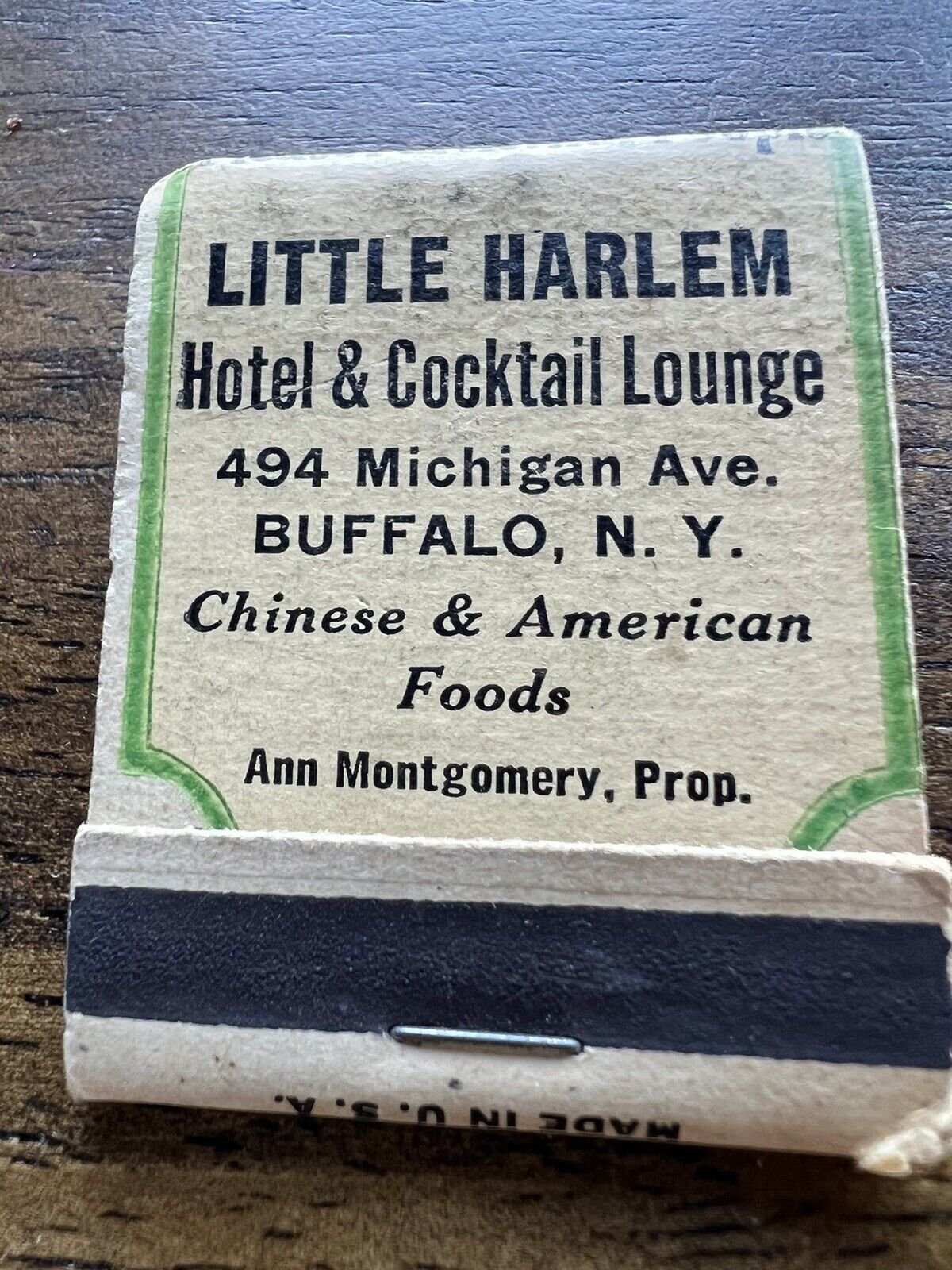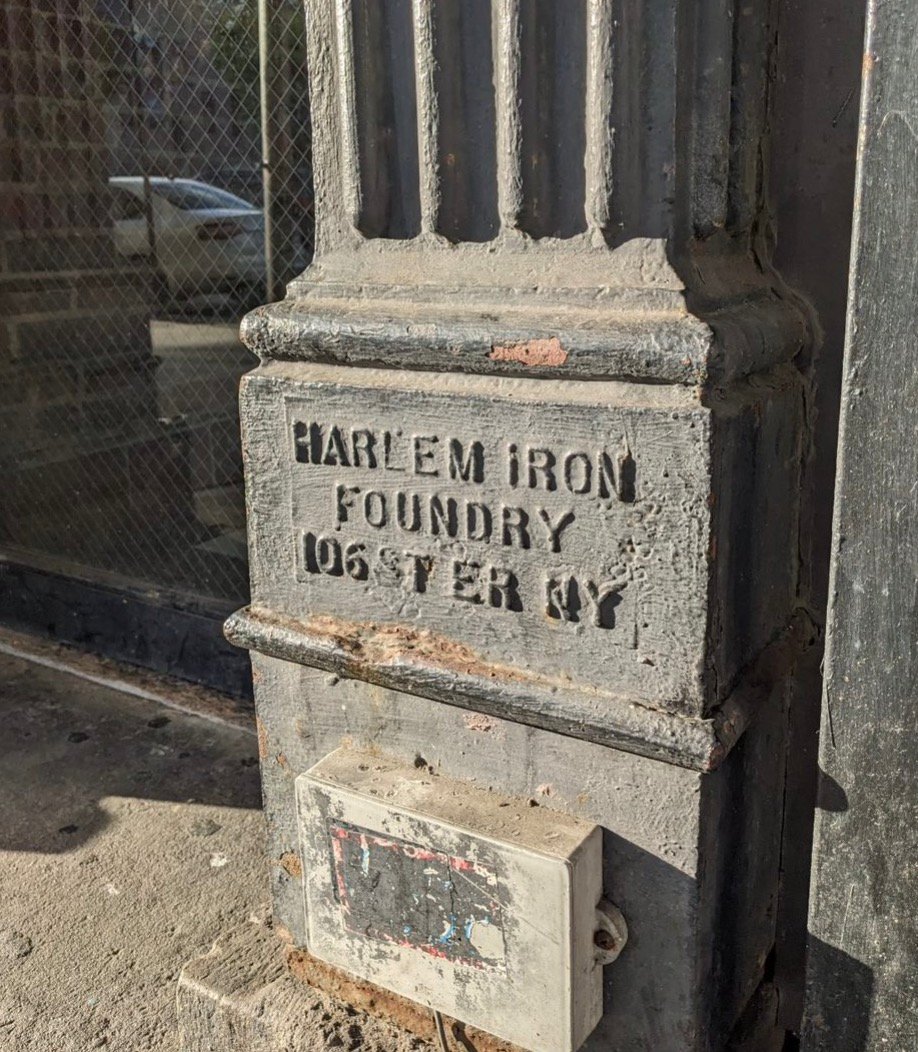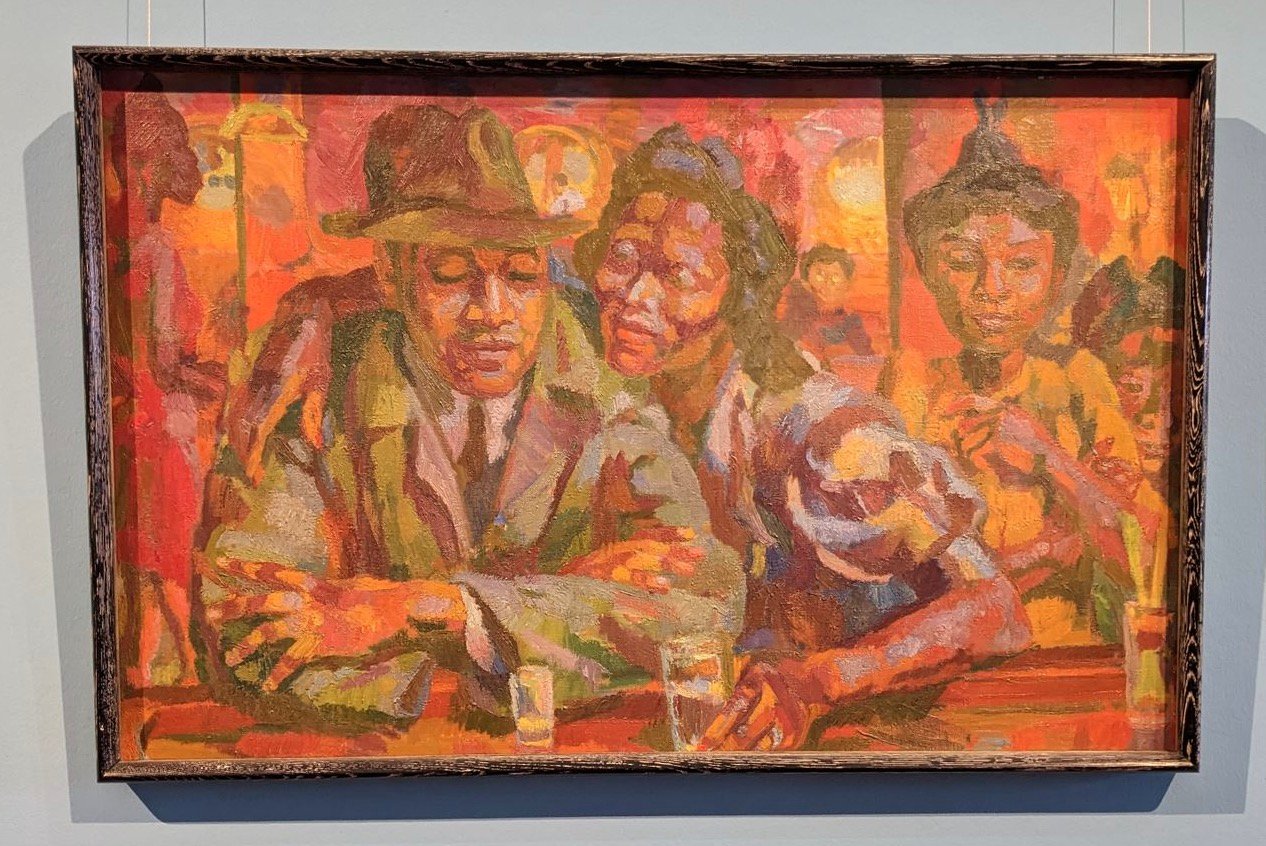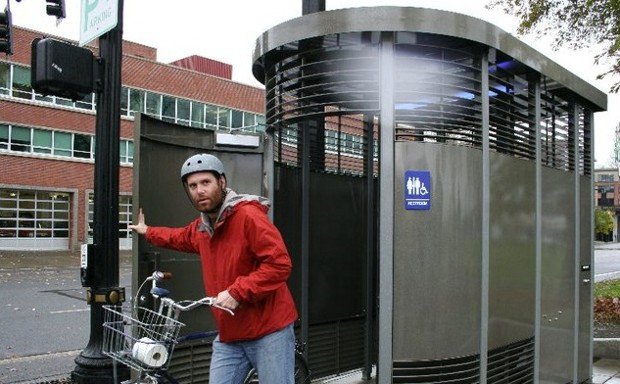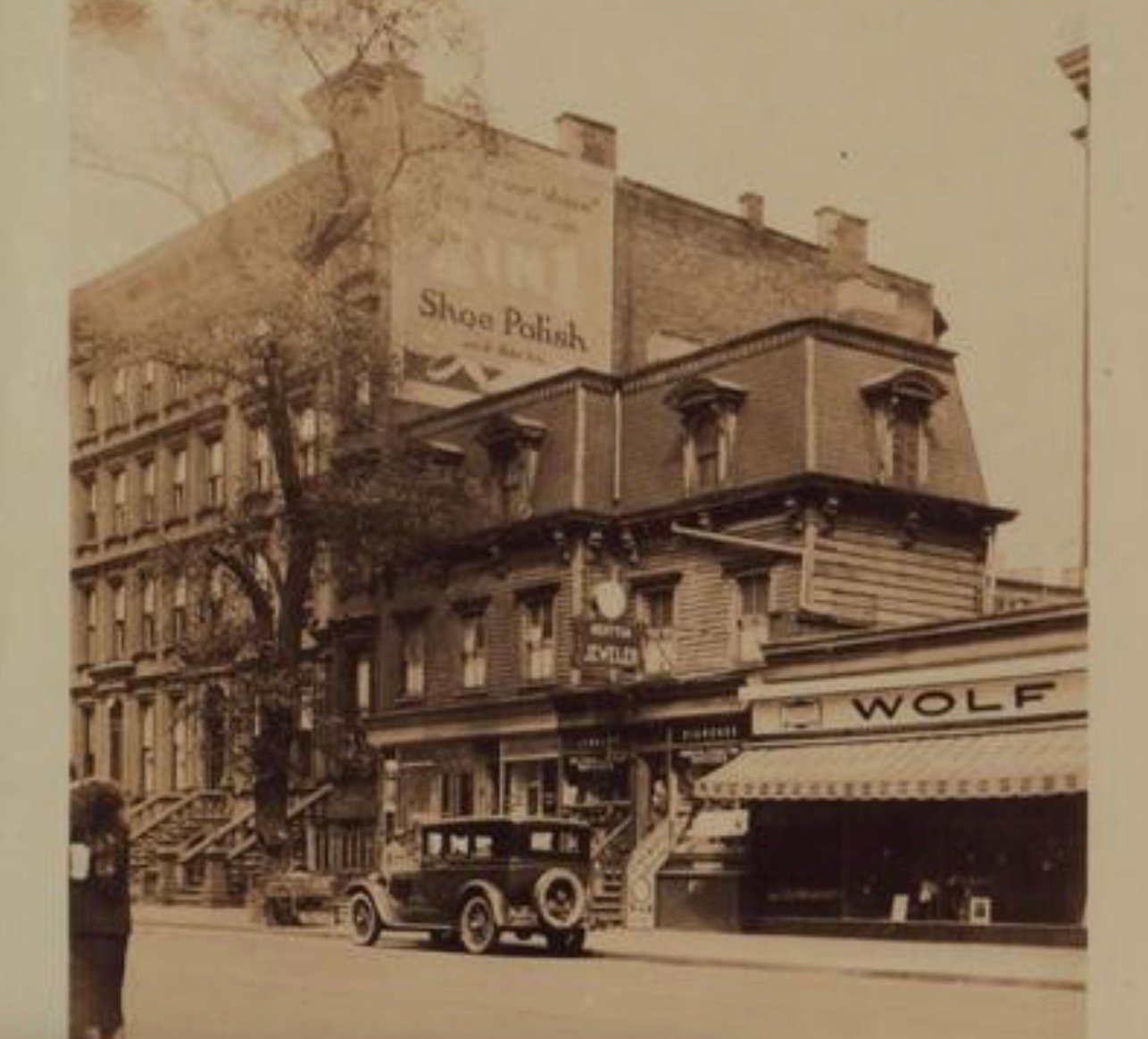Category: History
-

Man Arrested for Belonging to the Harlem Club
By the Gestapo Wolfgang Lauinger was persecuted by the Nazis for three reasons. He was gay, the son of a Jewish father, and a “swing kid.” Being a swing kid meant Lauinger (pictured above on a moped) was fascinated by, and actively enjoyed swing music by American artists like Tommy Dorsey. Lauinger belonged to a…
-

Little Harlem
Matches for sale on Ebay, HERE. Summer of Soul / Harlem Festival of Culture Hello Friend! My name is Musa Jackson and as a child, I was one of the original Harlemites who attended the historic Harlem Cultural Festival of ‘69 and also starred in the Oscar winning documentary Summer of Soul. Harlem Festival of Culture (HFC,) a…
-

Harlem Foundry
A standard tenement entrance on Easts 125th Street: Notice the cast iron pillar on the right, and the foundry advertising on the pillar’s base: The address is not one we’d use today: 106 ST ER NY But the meaning is clear: 106th Street at the East River. Today the FDR has wiped out any waterside…
-

New Loo Coming to Jefferson Park
The city has contracted to bring ‘Portland Toilets’ to parks with no facilities. The model they’ve gone with has extraordinary durability that can be chalked up to its defense-first design. “I think one thing we have ahead of other toilet designs is that we’ve learned people like to do nefarious things” So the Portland Loo…
-

Uptown, 1842
In 1842, Manhattan (of course) showed settlement down at the tip of the island, and in a few locations northward. In this view, Harlem is the densest settlement north of 59th Street: Note how West Harlem (Manhattanville, mostly) and East Harlem (then known as just Harlem). were settled, whereas what we call Central Harlem was…
-

Ballroom and Language
Harlem’s role in the 1970’s ballroom scene and many other earlier iterations of trans expression, is well known. What may not be as well known are the linguistic contributions that originated in this musical/fashion/identity/dance scene. Slang words like “shade” — to speak ill of something or someone –- or “werk,” as in “werk it,” or…
-

Green Thumb Turns 45
Did you know this year is GreenThumb’s 45th Anniversary? GreenThumb is celebrating 45 years of support for the city’s robust network of community gardens. These gardens have come a long way in 45 years—from turning empty lots into open space in the midst of the city’s worst financial crisis to the thriving spaces New York sees today.…
-

Shoe Polish II
Back in April 2021 I posted this: If you’ve walked north on Madison from 125th Street you might have seen the faded ad on the side of an east-side building: Looking carefully, you’ll see it’s an ad for shoe polish. The brand of which I can’t make out: Shoe Polish Improves your Appearance Shoe Polish…
-

Lasik? That’s from Harlem
The procedure known as Lasik Eye Surgery was developed and patented by the ophthalmologist Dr. Patricia Bath, who was born in Harlem in 1942. Bath was the first African American woman doctor to receive a patent for a medical purpose and was also the founder of the American Institute for the Prevention of Blindness in…
-

Randall’s, Ward’s, and Sunken
In 1885, there was Randall’s Island, Ward’s Island, and Sunken Medows, all separated by channels joining the Halrem and East Rivers with Hell Gate and Long Island Sound: The map, for sale on Ebay, shows fascinating details on buildings, orchards, groves, and marshes that are no more: Midnight In Harlem Another white rock group with…
-

Vote Tomorrow and Change Harlem!
Tomorrow is your chance to change the direction of Harlem. Have things gotten better over the last two years? If not, here’s you’re chance to raise your voice for change! Harlem Records See See Rider And while this isn’t the song on the record pictured above, it’s wonderful song by Bea Booze who was born…

